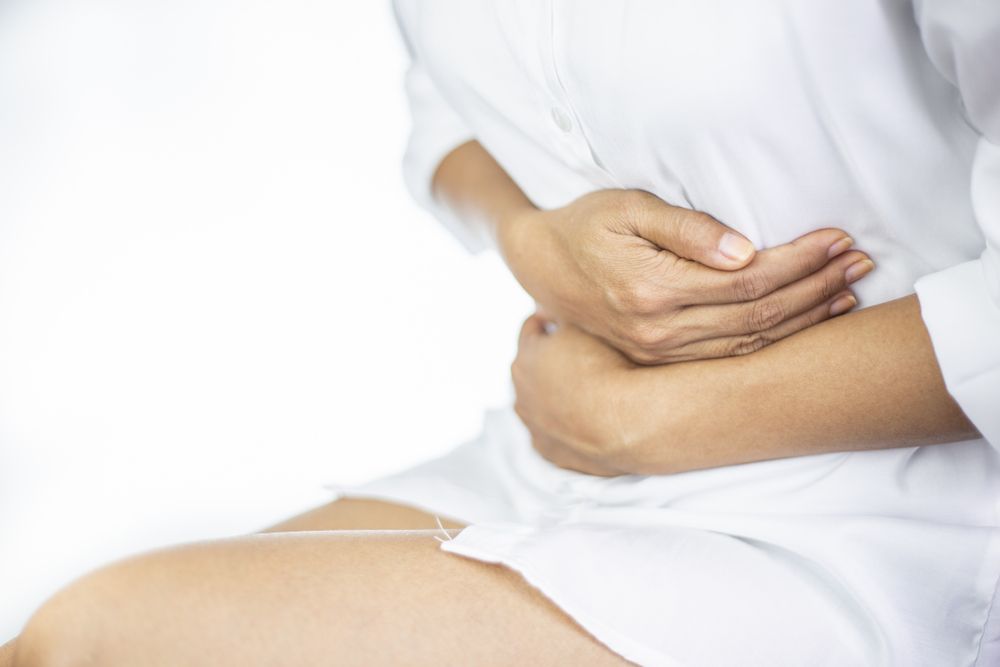Gallbladder Disease: What It Is and the Different Types
Gallbladder disease is any condition that affects the gallbladder’s function – a small pear-shaped organ under your liver. The gallbladder stores some of the bile your liver makes to digest fat and releases it to your small intestines through a common bile duct tube. You are likely to experience problems with your Plano gall bladder if something blocks the flow of bile through the bile ducts; most of the time, that’s a gallstone. Gallstones form when substances in bile, usually cholesterol, harden or accumulate into lumps. They don’t always cause problems and often cause no symptoms. However, they can cause problems if they block bile flow in the bile ducts. Below are the different types of gallbladder disease
Gallstones
As mentioned above, gallstones form when substances in bile, such as salts, cholesterol, and calcium, form hard particles that block bile ducts – the passageways of the gallbladder. They can also develop when you don’t empty the gallbladder completely or often enough. Gallstones range in size – from a grain of sand to as large as a golf ball. Your risk of gallstones can be higher if you are overweight or have a family history of the same. Being female, taking medication containing estrogen, and being age 60 or older also increase your risk of this problem. Patients with liver diseases, Crohn’s disease, and other conditions that affect nutrient absorption are also likely to develop gallstones.
Cholecystitis
This is the most common type of gallbladder disease, which presents as either acute or chronic inflammation of the gallbladder. Generally, acute cholecystitis results from gallstones, but it can also be due to tumors or other illnesses. It may cause pain in the upper right side or middle part of the abdomen, which tends to occur right after a meal. The severity of the pain ranges from dull aches to sharp pangs that can radiate to your right shoulder. After having cholecystitis for some time, your gallbladder can shrink, losing its ability to store and release bile. Often, patients with chronic cholecystitis require surgery.
Acalculous gallbladder disease
Acalculous gallbladder disease occurs without the presence of gallstones; chronic medical conditions have been shown to trigger an episode of this disease. The symptoms of Acalculous gallbladder disease are similar to those of acute cholecystitis; they include nausea, vomiting, fever, and jaundice. Some factors contributing to Acalculous gallbladder disease include severe burns, abdominal surgery, heart surgery, serious physical trauma, bloodstream infections, and autoimmune conditions like lupus. Receiving nutrition intravenously can also put you at risk of Acalculous gallbladder disease, as can significant bacteria or viral illnesses.
Biliary dyskinesia
Biliary dyskinesia results from lower-than-normal bladder function and may be linked with existing gallbladder inflammation. You may experience nausea, bloating, and indigestion, especially after eating a fatty meal. This condition does not cause gallstones in the gallbladder.
Fortunately, many gallbladder problems are easily treated with minimally-invasive surgery to remove the gallbladder. You can live without the gallbladder since bile has other ways of reaching your small intestine.
If you have questions about gallbladder disease, consult your provider at LoneStar Bariatrics.


